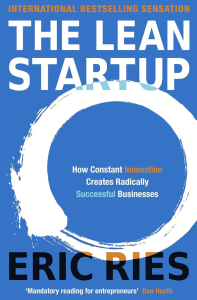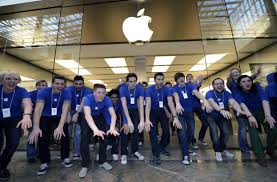In the dynamic world of startups, where agility meets innovation, Eric Ries’s “The Lean Startup” stands as a pivotal guide for entrepreneurs seeking to make their mark without the burnout of resources. This groundbreaking book shifts the focus from traditional business models to a more iterative, customer-focused approach that champions the concept of ‘validated learning’.
Core Principles of ‘The Lean Startup’:
- Build-Measure-Learn: At the heart of Ries’s philosophy is the Build-Measure-Learn feedback loop, encouraging startups to speed up their product development cycles by rapidly testing their ideas with minimal initial investment.
- Minimum Viable Product (MVP): Ries introduces the concept of the MVP to test business hypotheses with the least effort required to start learning cycles, ensuring that product development is as efficient as possible.
- Pivoting or Persevering: The book emphasises the importance of being flexible in business strategies. Startups must be willing to pivot (make substantial changes to their products) based on feedback or persevere with their current strategies based on validated learning.
- Innovative Accounting: Ries advocates for a new form of accounting designed for startups—measuring progress, setting up milestones, and prioritising work to improve entrepreneurial outcomes.
Why ‘The Lean Startup’ is Essential Reading:
For those of us navigating the complexities of the tech industry, “The Lean Startup” offers a blueprint for managing startups in a way that radically improves their chances of success. It’s not just about ideas; it’s about learning how to adapt and adjust before it’s too late.
Conclusion:
A highly recommended read – click the link to get a copy from “The Lean Startup” by Eric Ries . The book is an indispensable resource for anyone involved in the startup ecosystem. It challenges traditional business methodologies and provides a practical framework for achieving success through continuous innovation and customer feedback.
























